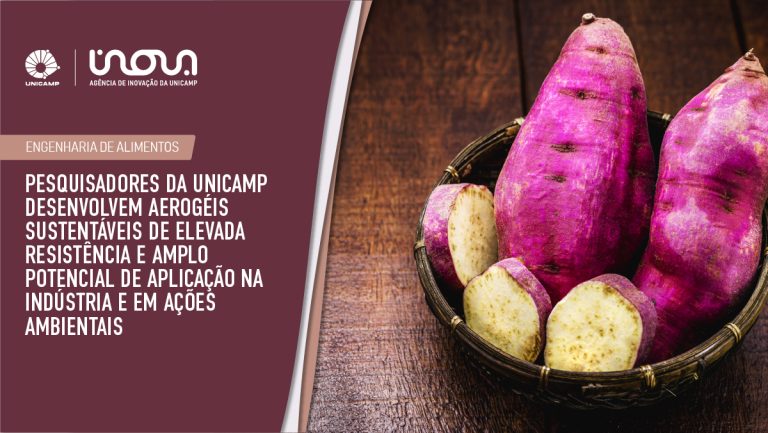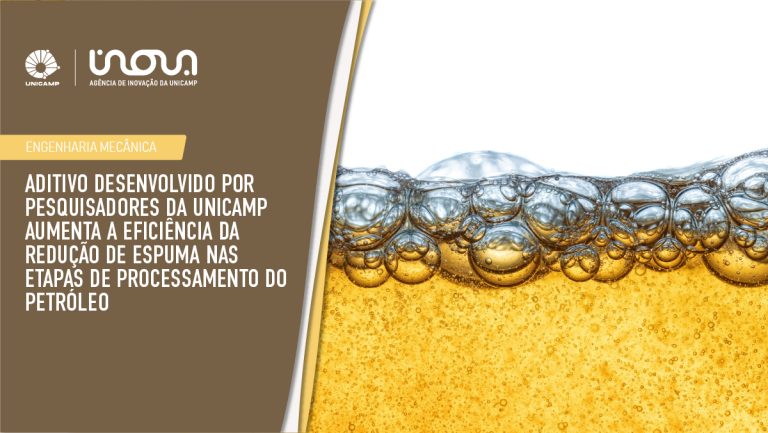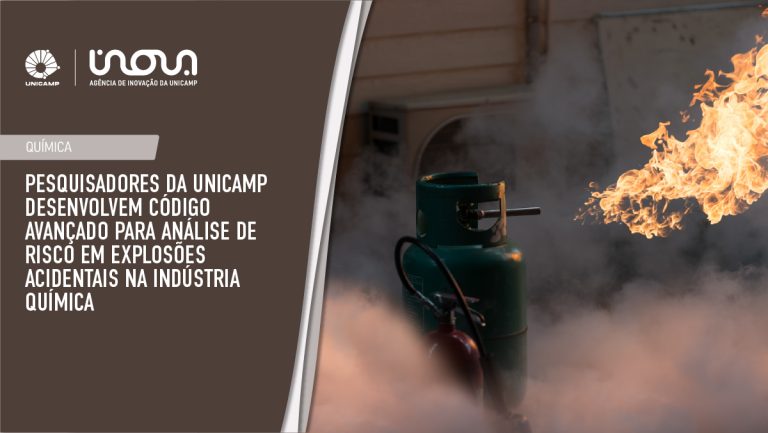Enzyme composition from trichoderma reesei and aspergillus awamori
NOVELTY – Enzyme compositions (C1) comprise: (a) enzymes and optionally beta -glucosidase, obtained by fermentation with Trichoderma reesei; (b) enzymes, beta -glucosidase and accessory enzymes, obtained by fermentation with Aspergillus awamori; (c) optionally at least one molecular species selected from enzymes and/or metabolites having carboxymethylcellulose (CMC)ase activity, with the molecular species are present in the supernatant of the T. reesei and/or A. awamori culture; and (d) optionally, a vehicle compatible with the enzymes. USE – For the enzymatic hydrolysis of lignocellulosic material and for production of alcohol from a biomass (claimed) e.g. ethanol. ADVANTAGE – The composition provides synergic effect caused by the activity of the accessory enzymes on other polysaccharides of the biomass as well as on the bonds between the lignin and the hemicellulose. The compositions of enhanced enzymes degrade cellulose, hemicellulose and other polysaccharides of the biomass and efficiently-separate the lignin contained in lignocellulosic material, with the enzymes being obtained from specific lineages of the Trichoderma reesei and Aspergillus awamori microorganisms and comprise, apart from cellulases (endoglucanases and exoglucanases), beta -glycosidase and accessory enzymes that promote degradation of hemicellulose and other polysaccharides also promoting the separation of the lignin and, thus facilitating the main action of the majoritarian cellulases and increasing the yield of glucose obtainment and, consequently, the yield of the process of alcohol production from the biomass. DETAILED DESCRIPTION – Enzyme compositions (C1) comprise: (a) cellullolytic and hemicellullolytic enzymes and optionally beta -glucosidase, obtained by fermentation with Trichoderma reesei; (b) cellullolytic and hemicellullolytic enzymes, beta -glucosidase and accessory enzymes, obtained by fermentation with Aspergillus awamori; (c) optionally at least one molecular species selected from enzymes and/or metabolites having carboxymethylcellulose (CMC)ase activity, with the molecular species are present in the supernatant of the T. reesei and/or A. awamori culture as demonstrated by the zymogram of figure 7 of the specification; and (d) optionally, a vehicle compatible with the enzymes, whereby the enzymes (a) and (b) and the molecular species (c) or (a) and (b) interact in a manner that results in a synergic effect caused by the activity of the accessory enzymes on other polysaccharides of the biomass as well as on the bonds between the lignin and the hemicellulose. INDEPENDENT CLAIMS are included for the following: (1) production process for enzymes that degrade the polysaccharide fraction of the biomass, involving: (a1) separately culturing, in a medium, optionally buffered, a lineage of T. reesei unaffected by catabolic repression and a lineage of A. awamori having a high capacity for the production of accessory enzymes such as xylanases and esterases, amongst others; (b1) separating the supernatants of each culture of T. reesei and A. awamori containing the cellulase enzymes and the accessory enzymes; (c1) optionally, concentrating and combining the supernatants containing the cellulase enzymes and accessory enzymes to obtain the enzyme mixture; and (d1) optionally, drying the suspension to obtain a mixture of dried enzymes; and (2) production of alcohol from a biomass involving: (a2) pretreatment of the lignocellulosic material; (b2) enzymatic hydrolysis of the material pretreated in step (a1) with the composition (C1); and (c2) the alcoholic fermentation of the glucose obtained in step (b2) to obtain alcohol.
Main Application Field
A97 (Miscellaneous goods not specified elsewhere – including papermaking, gramophone records, detergents, food and oil well applications.); D16 (Fermentation industry – including fermentation equipment, brewing, yeast production, production of pharmaceuticals and other chemicals by fermentation, microbiology, production of vaccines and antibodies, cell and tissue culture and genetic engineering.); E17 (Other aliphatics.)
INVENTORS:
BON ELBA P DA S
GOTTSCHALK LEDA MARIA FORTES
FERRARA MARIA ANTONIETA
ELEUTHERIO ELIS CRISTINA ARAUJO
PEREIRA MARCOS DIAS
FILHO EDIVALDO XIMENES FERREIRA
SILVA AYLA SANT ANA DA
TEIXEIRA RICARDO SPOSINA SOBRAL
MOREIRA LEONORA RIOS DE SOUZA
WEBB COLIN
#N/D
Patent number: WO2009065199-A1;BR200705744-A2;BR200705744-B1
PATENT STATUS:
GRANTED
FOR ADDITIONAL INFORMATION:
parcerias@inova.unicamp.br
+55 (19) 3521-5207 / 2607
This technology profile has been automatically generated.








